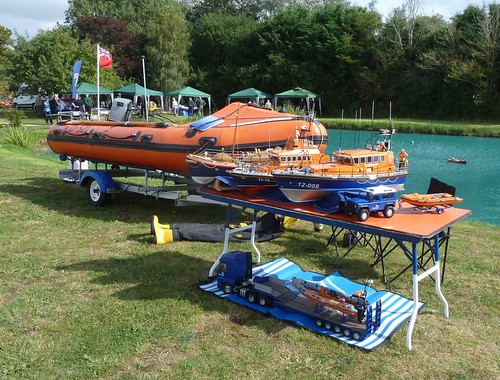
Forgive me, for I have sinned. A few days ago, I owned a full set of Model Railway Journal magazines.
Every single one, including the apparently rare, Issue 0.
Now I own a few years in original binders, and a box file with a load of articles. Essentially the distilled essence of MRJ, or at least the bits that appeal to me.
What caused me to commit such a heinous crime?
Lack of space for a start. The things were piling up around the place. I never really looked at old issues, even though it's easy thanks to an on-line index. Were I the owner of a proper "railway salon" with endless shelves for magazines and books, I would have left well alone. But I'm not.
Years ago, I made a real effort to complete my set, digging through piles at exhibitions and even resorting to eBay. At the time, I wasn't convinced MRJ would survive (I think we were in the low number hundreds and things looked shaky) and a complete set would join my complete set of MORILs. But I'm pleased to say, the mag keeps appearing, so the completist in me has accepted defeat.
It's interesting to see what I pulled out for the box file. Lots of practical articles on things that I'm actually likely to have a go at. Plenty of scenery, some buildings, weathering, a few locos and some rolling stock. Gordon Gravett, Geoff Kent, Martyn Welch, Stephen Williams and Pete Kaizer are the names on many of the articles.
There's lots of inspiration in the box, and none of the things that annoy me. MRJ can be very pretentious - "peak MRJ" was a loco weathering piece by Martyn Welch, described as "the most important and relevant article we have ever published". That alone consigned it to the recycling bin. For a start, it wasn't - there are many articles from the very early days that could lay claim to that such as the first mention of electrostatic grass, something that has changed the hobby. Also, most of the techniques were in The Art of Weathering, a book that is listed as an influence in many of the articles in the magazine.
At this point there are, I am sure, some people going, "HOW DARE YOU CRITICISE THE JOURNAL. EVERYTHING YOU WRITE IS RUBBISH AND SO ARE ALL THE MAINSTREAM MAGAZINES!".
I don't care. With the possible exception of Garden Rail, no magazine is perfect. I've reduced all the ones I've not got a byline in to box-file contents. It's impossible to keep everyone happy all the time. Some topics just don't interest me - signalling and coaches being low of my list of preferred reading matter. On the other hand, I kept all the articles where Gordon G builds model boats, which I bet many readers aren't that interested in.
I don't buy the "ALL THE MAINSTREAM MAGAZINES ONLY TALK ABOUT BUYING THINGS AND NOT PROPER MODELLING" either. There's plenty of articles in MRJ about fiddling with RTR and I'll admit I've kept none of them. The tone can often be a little bit patronising "Oh look, some RTR that we deem acceptable to us better modellers". To be honest, I don't buy MRJ for RTR stuff - I like that it is different to everything else. Even the occasional pretentiousness isn't an issue, I WANT the mag to see itself as a cut above, that's its character.
Maybe I miss the days in the late 1980s-1990s when to build an exhibition layout, you built kits. And with a bit of application, your kit built models would be better than the contemporary RTR. There was much modifying and mangling going on. That, to me was the era of the best MRJ issues - the ones I still have whole in binders.
Anyway, the deed is done. I now have a box full of really good stuff that I will enjoy browsing through. All killer, no filler as they say in the music world.













































